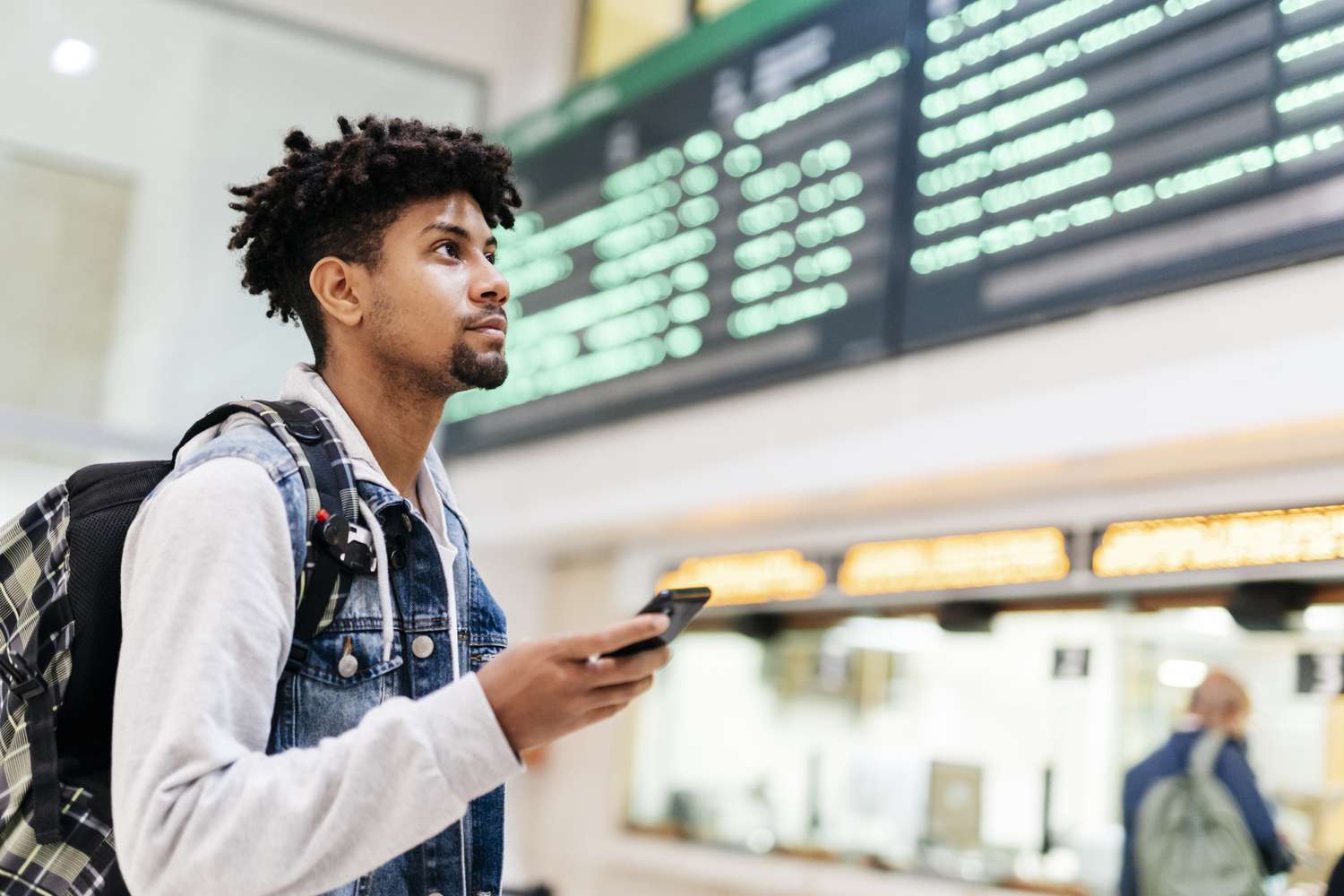The Jet Lag Therapy Device Market is projected to grow from USD 429.8 million in 2024 to an estimated USD 576.549 million by 2032, with a compound annual growth rate (CAGR) of 3.74 % from 2024 to 2032. Jet lag, a common affliction of modern air travel, disrupts the body’s internal clock, leaving travelers feeling fatigued, disoriented, and unable to function at their best. With the globalization of business and the popularity of international travel, the need for effective jet lag remedies has surged. Enter the jet lag therapy device market—a growing industry poised to help millions of people synchronize their circadian rhythms and enhance their travel experiences.
Browse the full report https://www.credenceresearch.com/report/jet-lag-therapy-device-market
Overview of Jet Lag and Therapy Devices
Jet lag occurs when rapid travel across multiple time zones causes a misalignment between the body’s internal biological clock and the local time at the destination. Common symptoms include sleep disturbances, fatigue, digestive issues, and difficulty concentrating.
Jet lag therapy devices aim to alleviate these symptoms by using advanced technologies such as light therapy, wearable sensors, and mobile applications. These devices work by regulating melatonin production and resetting the body’s internal clock, enabling quicker adaptation to new time zones.
Market Dynamics
Rising Demand for Travel Solutions
The increasing volume of global air travel is a key driver of the jet lag therapy device market. According to the International Air Transport Association (IATA), the number of air travelers is expected to reach 8.2 billion annually by 2037. This rise in travel has led to heightened awareness of jet lag and its effects, prompting individuals and businesses to seek effective solutions.
Technological Innovations
Innovation is at the heart of this market. Companies are leveraging advancements in light therapy, wearable technology, and artificial intelligence (AI) to create user-friendly devices. For instance, wearable glasses that emit specific wavelengths of light can help reset circadian rhythms. Similarly, smartphone apps integrated with AI algorithms provide personalized recommendations for optimal sleep schedules and light exposure based on the user’s itinerary.
Increased Awareness of Wellness
The growing emphasis on wellness and self-care among consumers has also propelled the demand for jet lag therapy devices. Frequent travelers, particularly business professionals, are investing in these products to maintain productivity and well-being during trips.
Types of Jet Lag Therapy Devices
The market offers a variety of devices, each catering to specific consumer needs:
1. Light Therapy Devices: These include wearable glasses and bedside lamps that mimic natural sunlight, which is essential for regulating the sleep-wake cycle.
2. Wearable Trackers: Devices such as smartwatches monitor sleep patterns and physical activity, providing data-driven recommendations for recovery.
3. Mobile Apps: Applications that guide users on adjusting their sleep schedules, hydration levels, and dietary habits to combat jet lag.
4. Portable Sleep Aids: Compact devices designed to facilitate relaxation and sleep, often using sound therapy or calming vibrations.
Challenges and Opportunities
Challenges
The market faces challenges such as high product costs, limited consumer awareness in developing regions, and competition from traditional remedies like melatonin supplements. Additionally, ensuring the scientific validity of claims made by device manufacturers is critical for gaining consumer trust.
Opportunities
Despite these challenges, the market presents significant growth opportunities. Partnerships between tech companies and airlines, increasing adoption of wearable health devices, and growing interest in personalized healthcare solutions are likely to drive market expansion.
Key Player Analysis:
- Ayo (Novalogy)
- Chrono Eyewear BV
- Inteliclinic
- Litebook Co. Ltd.
- Lucimed S.A.
- Lumie
- Nature Bright
- Northern Light Technologies
- Propeaq
- Re-Time Pty Ltd.
- Valkee
- Verilux Inc.
Segmentation:
By Type
- White Light
- Blue Light
- Others
By Applications
- Business Travelers,
- Cabin Crew,
- Athletes,
- Seasonal Travelers,
- Others
By End Users
- Hospitals,
- Homecare,
- Speciality Clinics,
- Others
By Region
- North America
- U.S.
- Canada
- Mexico
- Europe
- Germany
- France
- U.K.
- Italy
- Spain
- Rest of Europe
- Asia Pacific
- China
- Japan
- India
- South Korea
- South-east Asia
- Rest of Asia Pacific
- Latin America
- Brazil
- Argentina
- Rest of Latin America
- Middle East & Africa
- GCC Countries
- South Africa
- Rest of the Middle East and Africa
Browse the full report https://www.credenceresearch.com/report/jet-lag-therapy-device-market
Contact:
Credence Research
Please contact us at +91 6232 49 3207
Email: sales@credenceresearch.com
Website: www.credenceresearch.com

Leave a Reply
You must be logged in to post a comment.